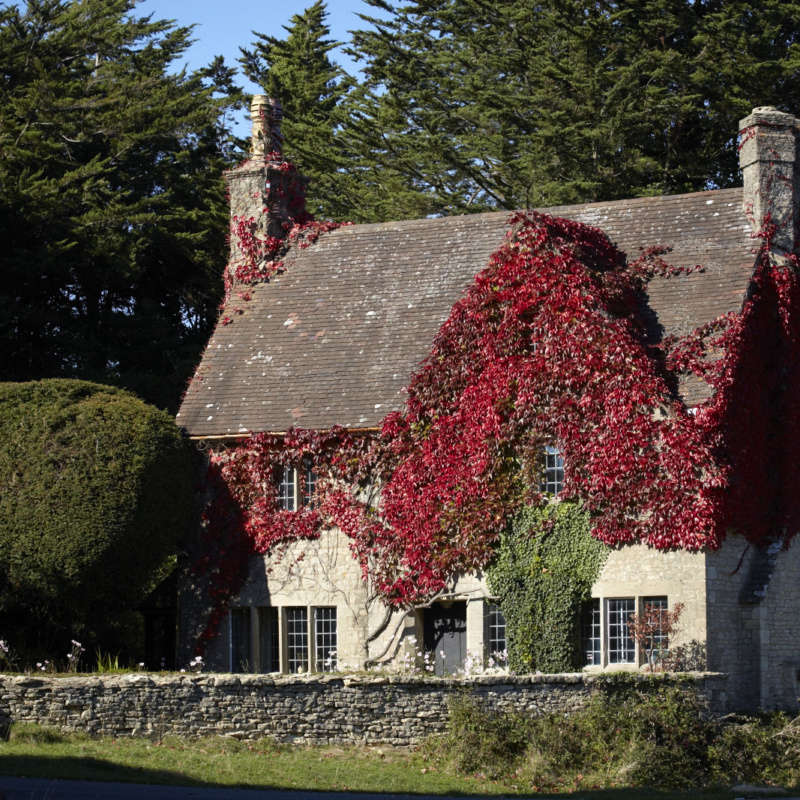

Boston Ivy is a sensible alternative to ivy, a perennial climbing vine that is gentler on masonry and an even more vigorous grower (its reach can top 30 feet at maturity).
Boston ivy is a well-behaved climber, with vines that won’t destroy your masonry or cause cracks in the facade of your house.
Not a true ivy, Parthenocissus tricuspidata belongs to the same Vitaceae family as grape vines and loses its leaves each winter (after turning a spectacular red color in autumn). For more of our favorite vines to cover Facades & Exteriors, see our guides to Creeping Fig, Jasmine, and Ivy.
It takes Boston ivy five or more years to reach maturity, at which point the climber’s vines may be 30 feet high. Its deciduous nature means that after its foliage cloaks a facade in coolness during summer months, in winter its bare black vines will allow sunlight in, to warm up the place.
If you’re ready to experiment with perennial vines, read more in 9 Ways to Create Curb Appeal with Flowering Vines and Climbers.